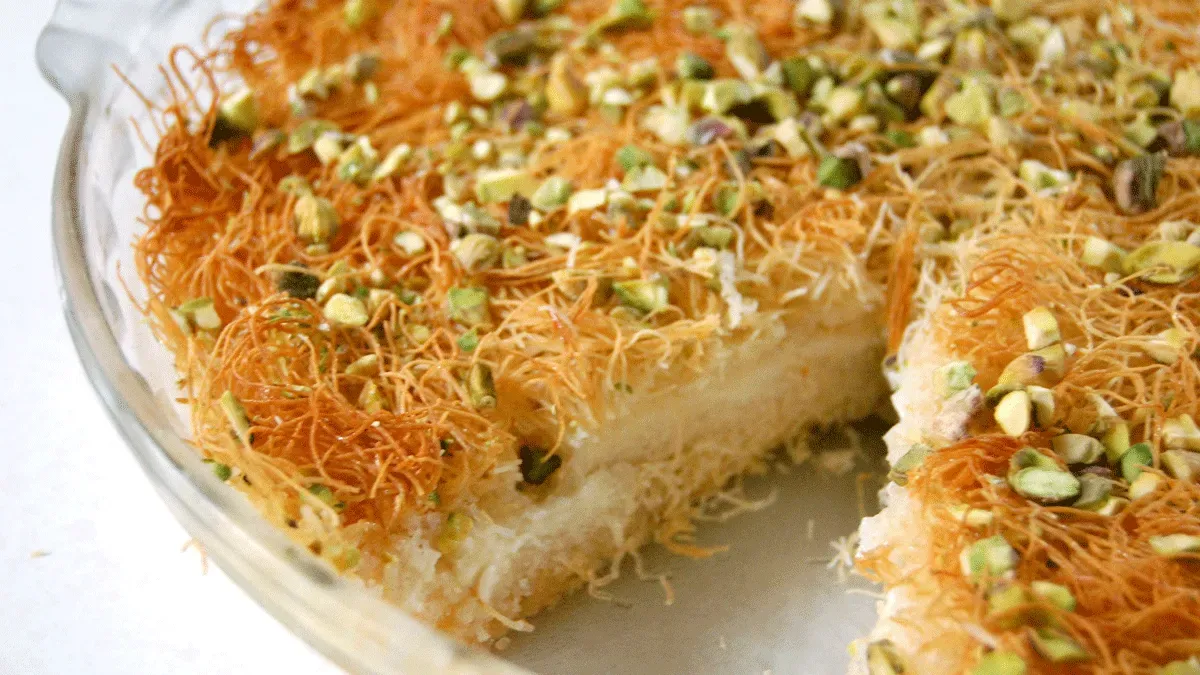Table of Contents
Ever finish a meal and feel that specific pull towards something sweet, but not just *any* sweet? Maybe you've heard whispers of a dessert that's crispy, gooey, and soaked in syrup, but also... cheesy? Sounds a bit wild, right? Yet, this combination is exactly why the iconic Knafeh stands out as the king of arabic dessert with cheese. It’s not some weird fusion gone wrong; it's a centuries-old masterpiece from the Levant that perfectly balances textures and flavors in a way that just works.
Knafeh: The Star of Arabic Dessert with Cheese
Knafeh: The Star of Arabic Dessert with Cheese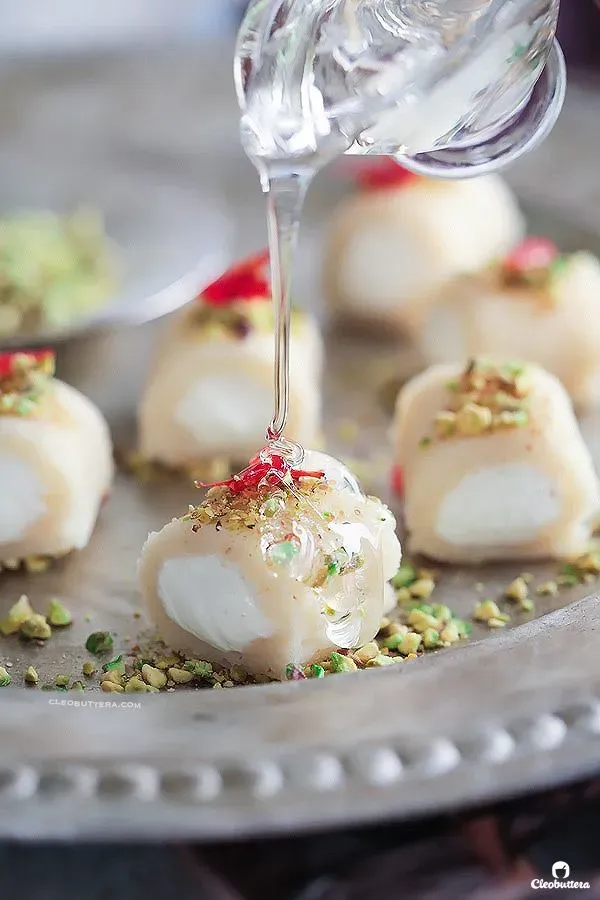
Let's cut to the chase: when people talk about arabic dessert with cheese, they're almost certainly talking about Knafeh. This isn't just *a* dessert; it's a cultural phenomenon, particularly across the Levant region, where arguments about who makes the best version are probably a national pastime. Imagine thin strands of pastry, crispy and golden, layered with a special kind of cheese that melts into a glorious, stretchy, slightly sweet filling. Then, the whole thing gets drenched in a fragrant sugar syrup, usually scented with rose or orange blossom water. It's a textural riot and a flavor bomb all at once. Trying Knafeh for the first time can feel like a revelation – cheese in a dessert? Trust me, it works, and it's precisely why Knafeh holds its title as the undisputed star of arabic dessert with cheese.
The Cheesy Heart of Arabic Dessert with Cheese: What Kind?
The Cheesy Heart of Arabic Dessert with Cheese: What Kind?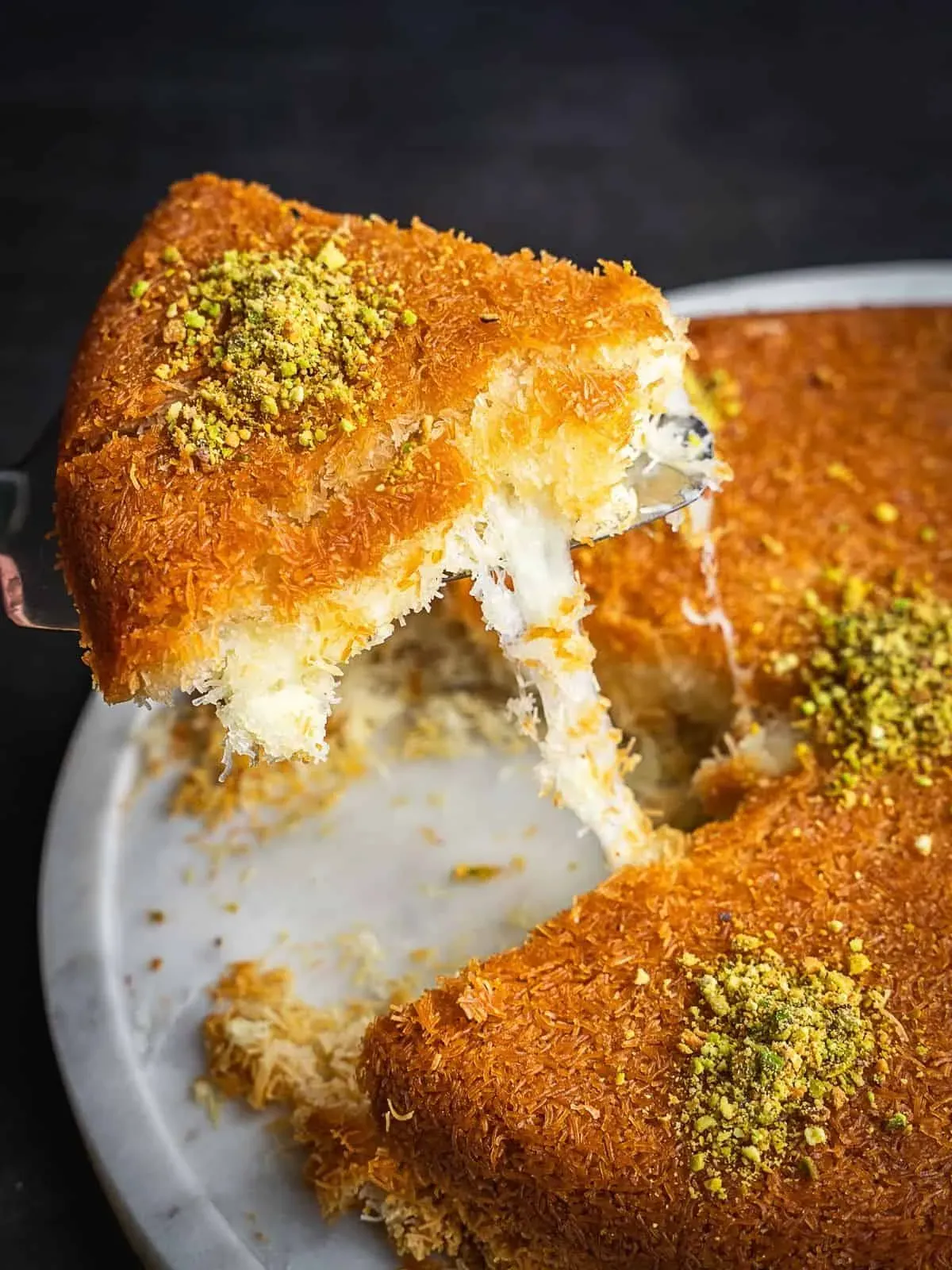
It Starts with Akkawi: The Traditional King
so you're making an arabic dessert with cheese. The first question, the most critical question, is what cheese are you even talking about? Traditionally, the gold standard for Knafeh is Akkawi cheese. This stuff is a semi-soft, brined cheese from the Middle East. It's got a mild flavor, but crucially, it melts beautifully and has that signature stretch that makes Knafeh so visually appealing when you pull a piece away. The brine is important – it gives it saltiness, which needs managing, but also helps preserve it.
Finding real Akkawi can be a bit of a treasure hunt depending on where you live. Look for it in Middle Eastern grocery stores. It usually comes in blocks or rounds, sometimes packed in brine. Don't grab just any cheese; the texture and melting properties of Akkawi are key to getting that authentic Knafeh experience.
Akkawi Alternatives and the Desalting Ritual
If Akkawi is playing hard to get, don't throw in the towel on your arabic dessert with cheese dreams just yet. Fresh mozzarella is a common and decent stand-in. You want the low-moisture kind, not the super-wet balls packed in water, though even those can work if pressed and drained properly. The goal is a cheese that melts smoothly without becoming oily and doesn't have too strong a flavor that would compete with the syrup.
Regardless of whether you use Akkawi or mozzarella, there's a crucial step: desalting. Akkawi is brined, so it needs a serious soak to get rid of the excess salt. Even some mozzarellas can benefit from this. Skipping this step means a salty, unbalanced arabic dessert with cheese, and nobody wants that. You're aiming for a sweet, cheesy pull, not a savory surprise.
How to Desalt Your Cheese:
- Cut the cheese into smaller pieces or slices (about 1-inch thick).
- Place the cheese in a bowl of cold water.
- Change the water every few hours for at least 6-8 hours, or even overnight for very salty Akkawi.
- Taste a small piece to check for saltiness – it should be mild.
- Drain the cheese thoroughly and pat it dry before using.
Why the Melt Matters in Your Arabic Dessert with Cheese
The magic of this arabic dessert with cheese isn't just the sweetness or the crunch; it's that molten, stretchy cheese layer. It provides a rich, creamy contrast to the crisp pastry and the syrupy sweetness. The right cheese, properly desalted and melted, creates that satisfying pull that makes Knafeh so addictive. It's not meant to be a solid block; it should yield and stretch when you cut into it, creating those Instagram-worthy cheese pulls.
Getting the cheese right is arguably the most important part of mastering this classic arabic dessert with cheese. It requires patience, especially with the desalting, but the result – a perfectly balanced, gooey, and utterly delicious pastry – is absolutely worth the effort. Don't underestimate the power of the right cheese in achieving Knafeh perfection.
Building the Dream: Pastry Layers in Your Arabic Dessert with Cheese
Building the Dream: Pastry Layers in Your Arabic Dessert with Cheese
The Magic of Kataifi (or Kunafa Dough)
Alright, so you’ve got your cheese sorted, hopefully desalting like a pro. Now, let’s talk about the other half of this dynamic duo: the pastry. For classic Knafeh, you're looking for something called Kataifi dough, also often labeled as Kunafa dough. This isn't your standard puff pastry or phyllo sheets. Think super-fine, thread-like strands of dough, almost like shredded wheat but made from flour and water. It’s key to getting that signature crispy, crunchy texture on the top and bottom layers of your arabic dessert with cheese. This dough is usually sold frozen in Middle Eastern or Mediterranean grocery stores. It looks delicate, and it is, but don't let that intimidate you. It's surprisingly forgiving once you know how to handle it.
Prepping and Buttering the Threads
Working with Kataifi requires a bit of love and a lot of fat, usually clarified butter or ghee. When you take the dough out of the package, it's often in a compressed block. You need to shred it apart into individual strands. This is easiest when it's partially thawed – not frozen solid, but not completely soft and mushy either. Break it up gently with your hands, teasing the threads apart until they’re loose and airy. The next crucial step is coating every single strand generously with melted butter or ghee. This fat is what makes the pastry crisp up beautifully in the oven. Don't be shy with it; the dough needs to be saturated to achieve that golden, crunchy perfection that defines a great arabic dessert with cheese.
Handling Kataifi Dough: Quick Tips
- Thaw it partially in the fridge overnight or on the counter for an hour or two.
- Use your fingers to gently pull and separate the strands.
- Melt unsalted butter or ghee until liquid.
- Pour the melted fat over the shredded dough.
- Toss and rub the dough between your hands to ensure even coating.
- Work relatively quickly once coated, as it can dry out.
Sweet Finish: Syrup and Serving Your Arabic Dessert with Cheese
Sweet Finish: Syrup and Serving Your Arabic Dessert with Cheese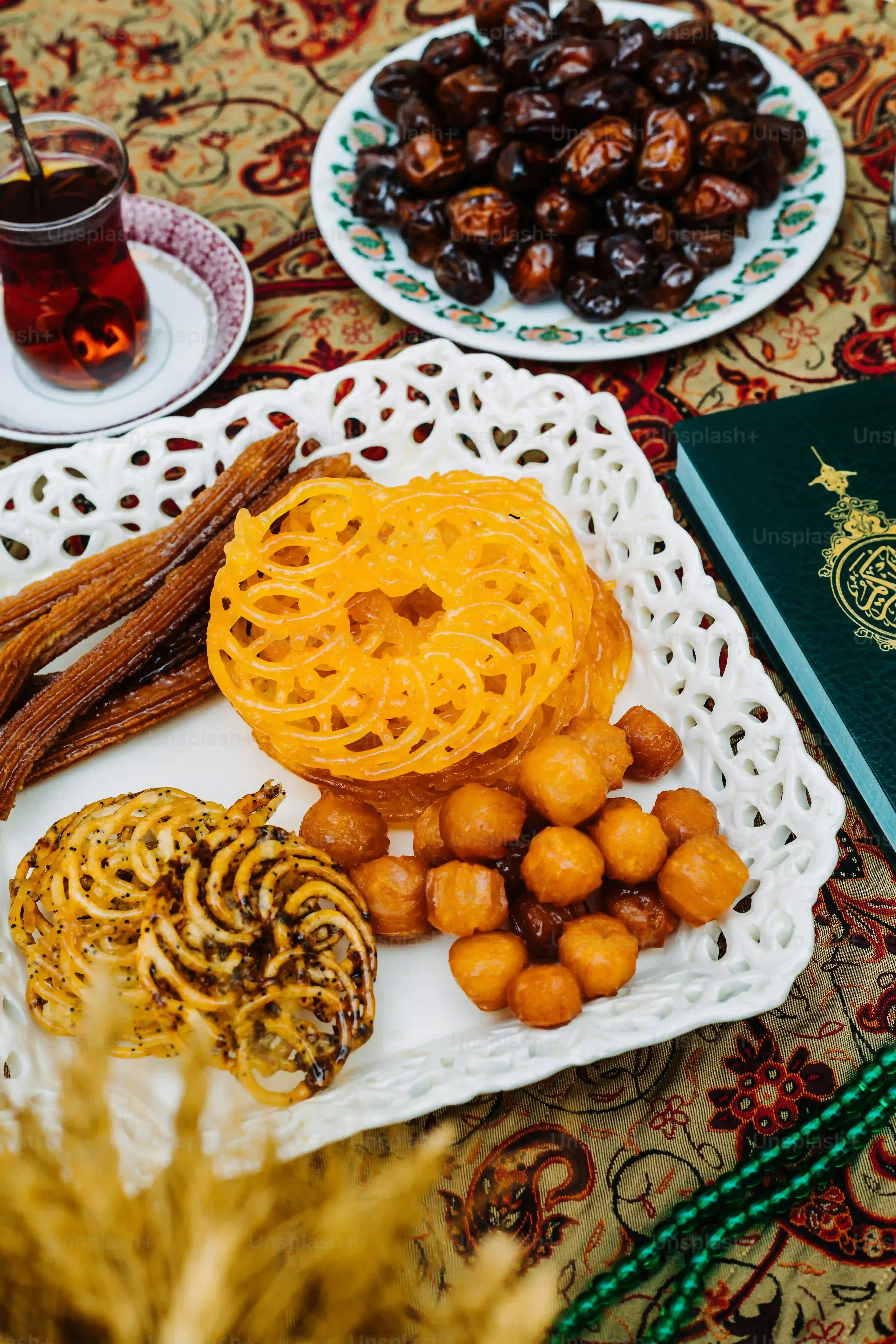
The Essential Syrup: More Than Just Sweetness
you've layered the pastry and the cheese, and it's baking away, turning golden. But what elevates this from a cheesy pastry to the iconic arabic dessert with cheese is the syrup. This isn't just simple sugar water; it's a fragrant bath that soaks into the hot Knafeh, making the bottom layer slightly soft while the top stays crisp. You make it ahead of time – sugar, water, a squeeze of lemon juice to prevent crystallization, and the star players: rose water or orange blossom water. These floral notes are non-negotiable; they provide that distinct, perfumed aroma and flavor that is absolutely essential to the authentic Knafeh experience. Pouring this cool or lukewarm syrup over the *hot* dessert straight out of the oven is critical; it creates that perfect texture contrast and ensures the dessert absorbs all that sweet goodness.
Making Arabic Dessert with Cheese Work for You: Tips and Tricks
Making Arabic Dessert with Cheese Work for You: Tips and Tricks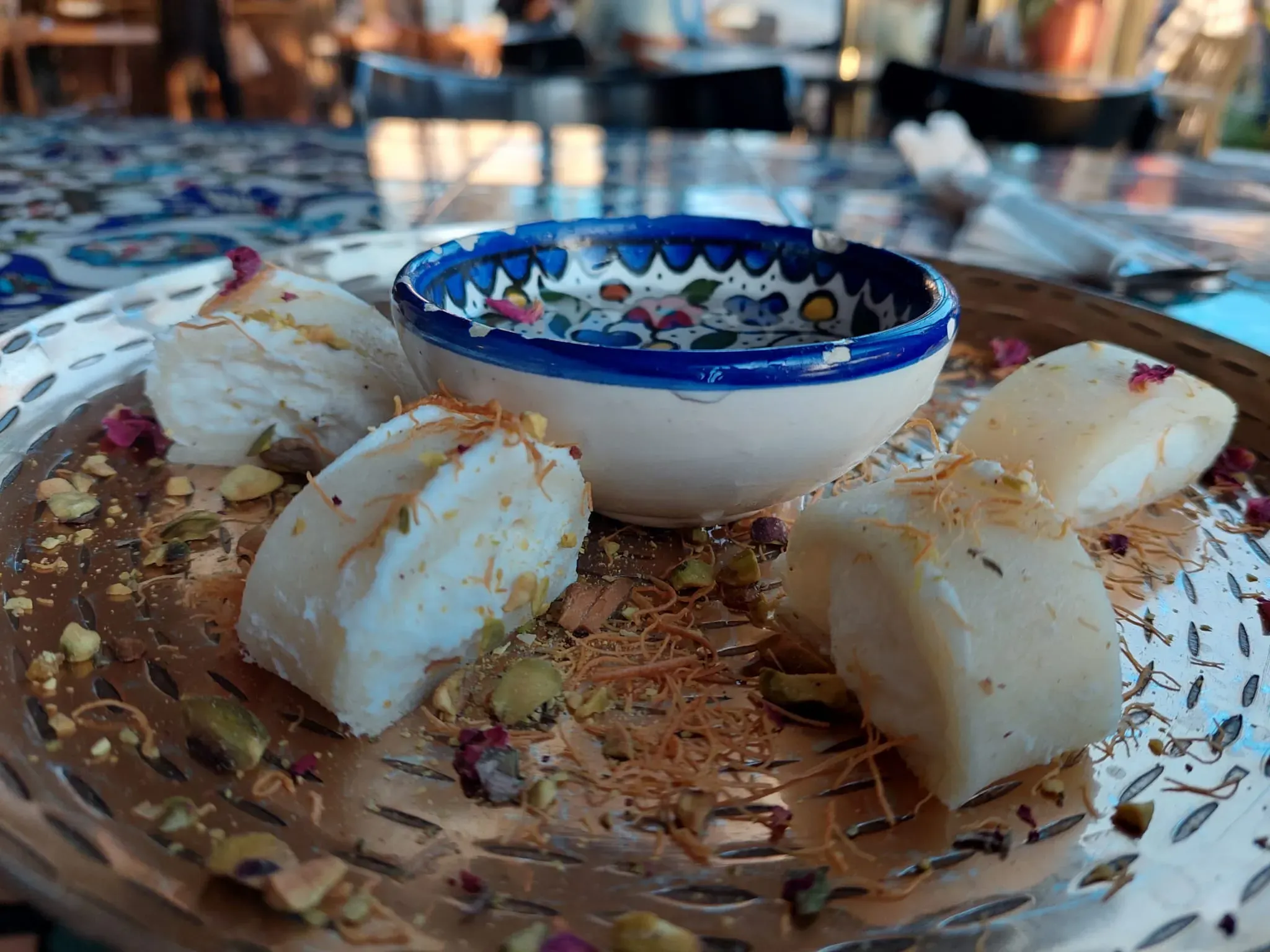
Don't Fear the Prep: Get Ahead of Time
Making this incredible arabic dessert with cheese doesn't have to be a last-minute scramble, especially if you're hosting or just want to make your life easier. A huge chunk of the work, arguably the most time-consuming part, is getting that cheese ready. Desalting Akkawi takes hours, remember? Do that the day before. Get the cheese soaked, drained, and ready to go. You can also prepare the syrup in advance; it needs to be cool when it hits the hot Knafeh anyway. Store it in a jar at room temperature. This way, when you're ready to bake, all you have to do is shred the Kataifi, mix it with butter, layer everything up, and bake. It cuts down the active time significantly and makes the whole process feel way less daunting.
Portion Control and Presentation Pointers
While a giant pan of Knafeh is impressive, sometimes smaller portions are just smarter. Baking individual servings in ramekins means everyone gets a perfect, crispy-edged piece, and you avoid that slightly messy first slice from a large tray. Plus, they look pretty sharp. If you are making a large pan, investing in a good non-stick pan is non-negotiable; you want that Knafeh to flip out cleanly so the golden top becomes the base. And speaking of flipping, don't be nervous about it. It’s a key part of the presentation for many, showing off that gorgeous, butter-soaked crust that was at the bottom of the pan.
- Always pour cool syrup over hot Knafeh.
- Don't under-butter the Kataifi; fat equals crispness.
- Ensure your cheese is properly desalted – taste it!
- Use a non-stick pan if making a large Knafeh you plan to flip.
- Consider individual ramekins for easier serving and consistent texture.
- Garnish generously with chopped pistachios for color and crunch.
Wrapping Up Your Arabic Dessert with Cheese Adventure
So there you have it. Knafeh, the legendary arabic dessert with cheese, is more than just a dessert; it's a cultural cornerstone. The idea of hot, melted cheese mingling with sweet syrup and crispy pastry might sound unconventional, but the proof, as they say, is in the first forkful. It’s a delicate balancing act, requiring specific cheeses and a syrup that hits just the right note without drowning everything. Whether you brave the kitchen yourself or seek out a local spot serving the real deal, experiencing this unique sweet cheese pastry offers a taste of history and tradition that's genuinely worth the effort. It’s a dessert that challenges expectations and often creates instant converts.
